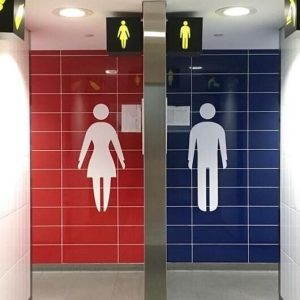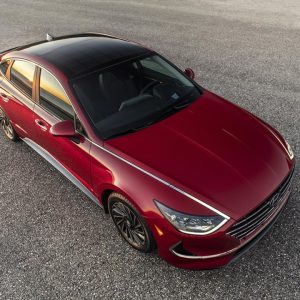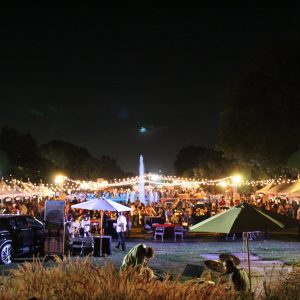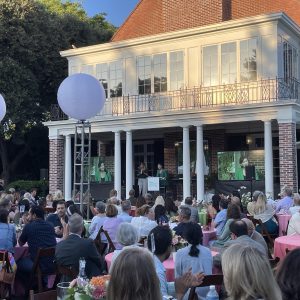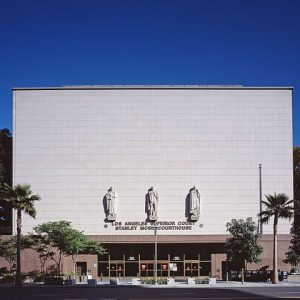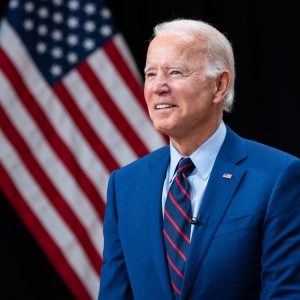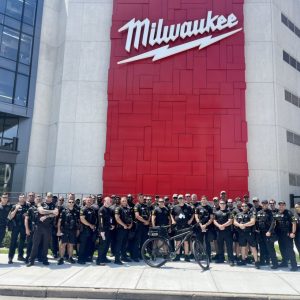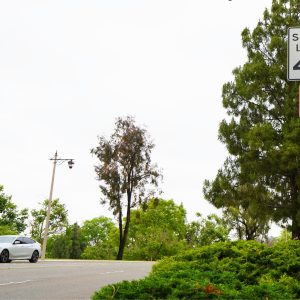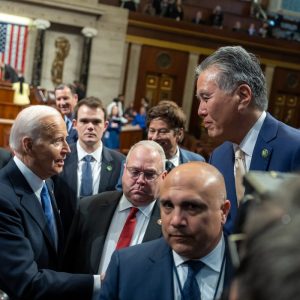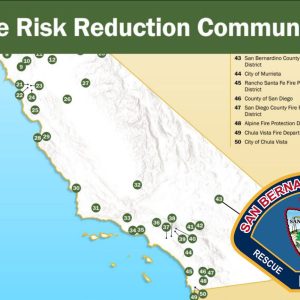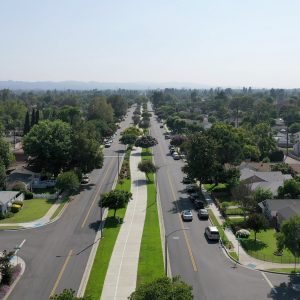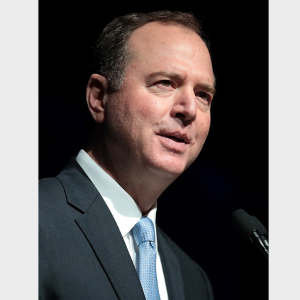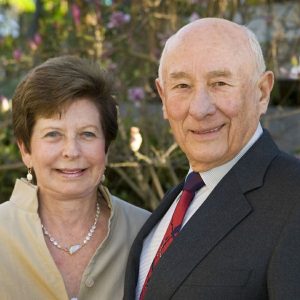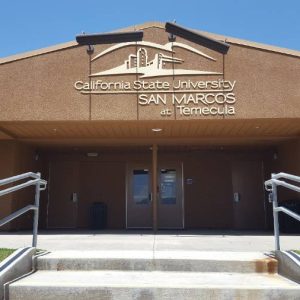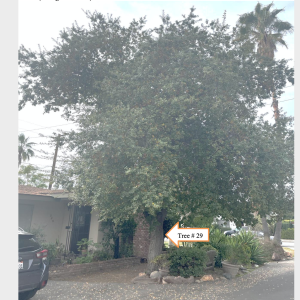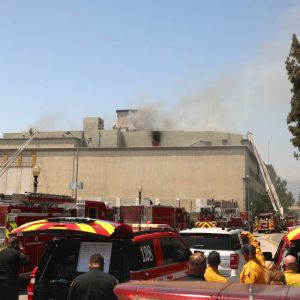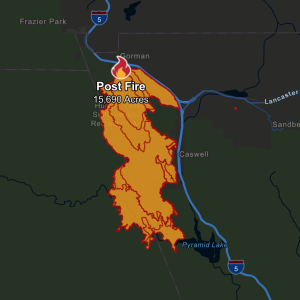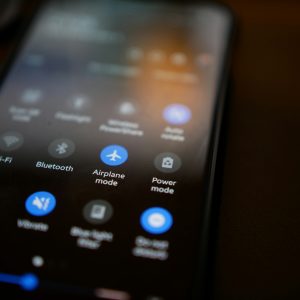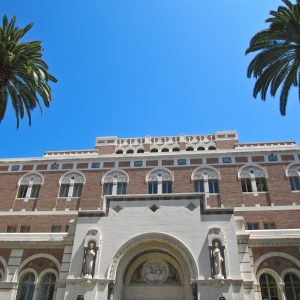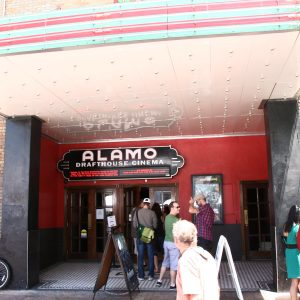 View Winners →
View Winners → 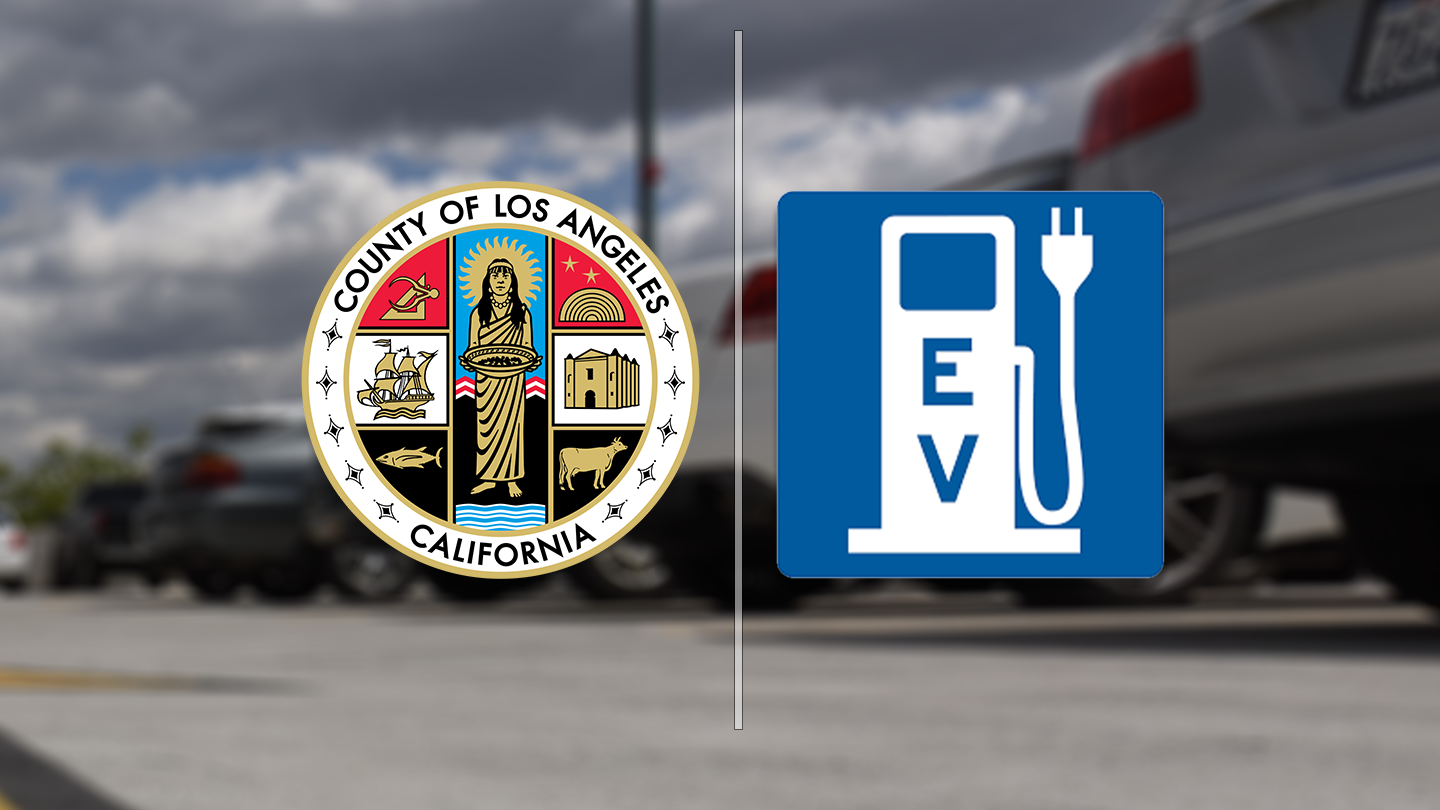
The Los Angeles County Board of Supervisors voted Tuesday to close gaps in the region’s electric vehicle charging infrastructure, including finding ways to locate stations in low-income communities.
Supervisors Janice Hahn and Sheila Kuehl co-authored a motion to create a “Zero Emission Infrastructure Plan” focused on expanding the number of charging stations countywide.
“It is not surprising that the vast majority of the electric vehicles in L.A. County and the charging stations they depend on are in high-income neighborhoods,” Hahn said.
“But if we are serious about getting more electric vehicles on the road, we need to dramatically expand our charging station infrastructure and make these cars practical for every driver, no matter where they live or where they work.”
Kuehl highlighted recent commitments to electric vehicles by General Motors as well as federal and state officials.
“This is a terrific time to put our pedal to the metal,” Kuehl said. “GM is ending its manufacture of gas-powered cars; the president is investing in electric vehicle charging stations; the governor’s plan wants all new cars to be zero emission.”
The goal is to install 60,000 zero emission charging stations by 2025. There are fewer than one-third of that total in use publicly and privately in Los Angeles County today, according to the California Energy Commission.
The work will include mapping out county facilities, rights-of-way, parks, libraries and other properties where stations could be located, included along the Long Beach (710) Freeway for charging medium- and heavy-duty vehicles.
The county will look for private partners that can help address the disparity in electric vehicle adoption and funding strategies for installing and operating charging equipment.
By 2045, the county aims for roads where all new light-duty private vehicles are zero emission. The ports of Los Angeles and Long Beach have committed to transitioning terminal equipment to zero emissions by 2030 and on- road trucks by 2035.





